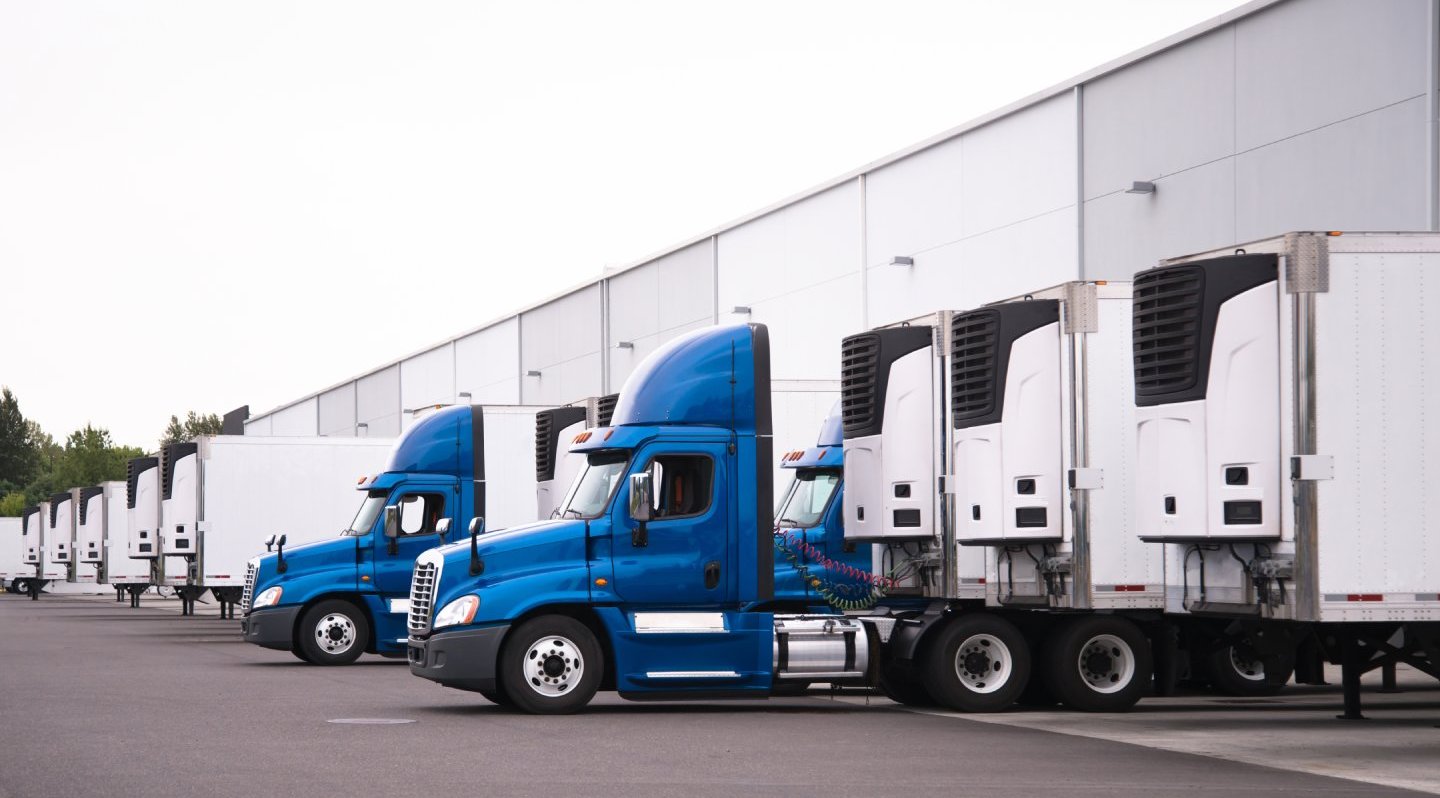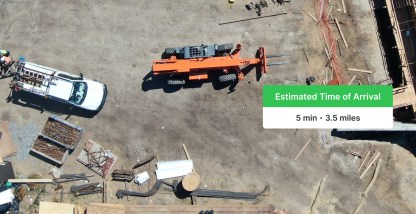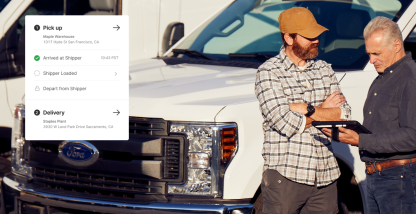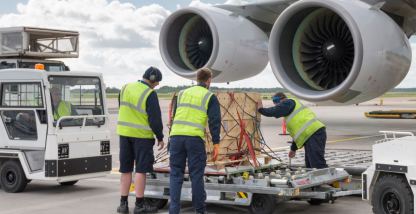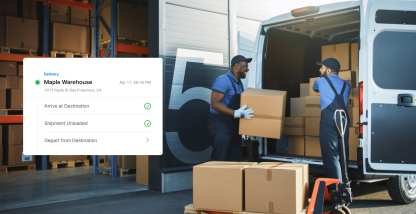Not every shipper in North America fills their entire trailer with freight, but it doesn’t mean items are left sitting in a warehouse. Instead, shippers take advantage of LTL shipping. Shipping LTL has benefits for the shipper as well as the fleets transporting the freight.
What does LTL shipping mean?
Less than truckload (LTL) shipping transports freight that doesn’t fill an entire trailer. The shipment can start as low as 100 pounds. The shipper reduces costs by paying only for the portion of the trailer that their shipment takes up. Other LTL shippers cover the cost of using the remaining space.
What is the difference between LTL and FTL freight?
FTL freight refers to a full truckload. Whereas an LTL shipment might be 500 or 5,000 pounds, FTL shipment tends to be much larger, often weighing 20,000 pounds or more. These kinds of shipments fill all or most of the truck.
LTL typically costs less as the shipments are smaller, and the shipper only pays for the space used. However, LTL can take longer as there are more delivery stops.
How does LTL shipping work?
With LTL shipping, partial loads are put together to create a full truckload. This type of shipping often operates on a hub and spoke model. Local terminals are the spokes and distribution centers or larger terminals are the hubs.
The commercial truck company will charge based on:
- Space. The amount of space being used is based on dimensions and weight.
- Class of items. Shipments requiring special handling will cost more.
- Pickup and destination locations. The further the location, the higher the price.
The company may provide standard, expedited, or guaranteed shipping. Customers might also ask for services such as a lift gate, inside or residential pickup/delivery, and reweighing/reclassification.
How long does LTL shipping take?
LTL shipping times vary. This method can be quicker as the shipper doesn’t have to wait to fill an entire truck load. At the same time, if the fleet carrier is waiting for other loads going to the same destination (or at least the same direction), it can take longer. LTL freight delivery can also take longer as each truck will have to make a greater number of stops at many nearby locations.
An LTL shipment can always be expedited, but requires an additional fee for the service.
Customers can make their LTL shipment more efficient by:
- Providing accurate dimensions for shipments to help carriers maximize capacity
- Completing accurate bill of lading before carriers arrive
- Loading goods onto pallets with heavy items on the bottom and labels visible to protect and help track shipments
Benefits of LTL shipping
As already discussed, LTL shipping reduces costs for the shipper. Instead of paying full truck freight, the shipper only pays for the space they use in the truck. The lowered cost is particularly appealing to small businesses that need to ship fewer goods, but still want to meet customer expectations for delivery arrival times.
Additionally, LTL shipping can increase security of the freight. Carriers often offer tracking capabilities so customers stay updated on the location of their shipment. Also, most LTL shipments are packaged on pallets before truck loading, which helps keep smaller units more secure as they’re moved in larger units.
LTL shipping is also a more sustainable approach to shipping, since there are more trucks running optimized routes and carrying full loads. Both the fleet and shippers can manage their carbon footprint by cutting emissions.
Challenges of LTL shipping
LTL shipping involves more logistics awareness. Each shipper needs to give carriers accurate information about the freight class, weight, pickup and destination locations, and deadline for optimized route planning.
Even though commercial fleets offer full truckload services, only some make their vehicles available for LTL shipments. This means it can take longer to find an LTL carrier at the right price.
Factors that affect LTL shipping rates
LTL shipping rates are impacted by the same factors that impact shipping costs overall. Factors include manufacturing, payroll employment, retail sales, and housing construction. Each of these plays a role in the amount of cargo volume on the demand side.
The number of trailers available and truck drivers to deliver the cargo impact supply. For instance, the March 2022 State of Freight report from FTR Transportation Intelligence reported a “surge in new trucking companies.” The current surge began in 2020, with the Federal Motor Carrier Safety Administration (FMCSA) authorizing 165,000 for-hire carriers since July 2020.
No matter the number of trucking companies, freight can only move if there are drivers available to take the routes. The initial ELD mandate, which strictly enforce the Hours of Service (HOS) regulations, may have had an initial depressive impact on driver productivity. However, with the transition to ELD technology, fleets are better aware of how to acquire the right freight and increase revenue per truck.
How to track LTL shipments with Motive
Keeping track of many smaller loads for multiple shippers in one truck adds layers of complexity to fleet logistics. Fleet management software can help simplify a commercial truck company’s LTL offerings.
Real-time fleet tracking lets fleet managers know where all drivers, vehicles, equipment, and trailers are at any given moment. The GPS tracking tool allows you to not only see the asset’s location but also the drivers’ HOS and other factors in a single screen. If a safety event, road conditions, or loading or unloading slow a truck on its route, you can notify customers of any delays.
The dispatch and workflow software also allows fleet managers to stay updated on when a fleet arrives or departs with instant email alerts. Use automated reporting to see vehicle capacity, and find the closest drivers to a pickup location to make LTL dispatch efficient and easy.
LTL carriers can also save time and money with documentation done through the Motive App to give proof of delivery and validate work immediately.
Drivers appreciate the technology as well. Motive helps make documentation easier. Plus, drivers receive full load information including addresses, pickup windows, cargo details, and special instructions. If the dispatch is canceled or updated, they’ll know right away.
Want to do more with LTL shipping? Learn how Motive’s fleet management software can help. Ask for a demo today.




